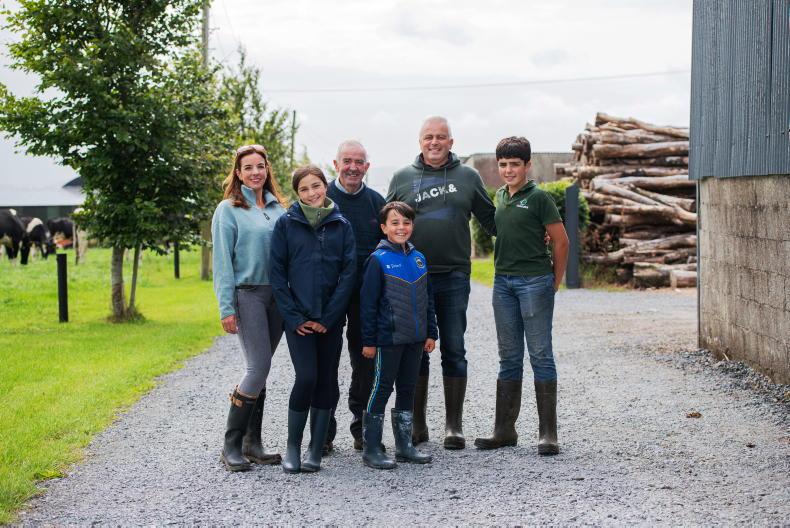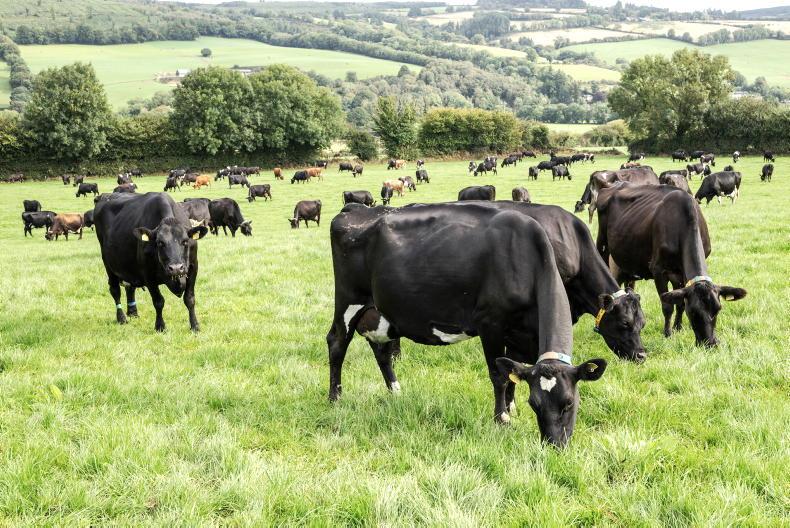The Footprint Farms have all been soil sampled this year and the results are back. On Barry Powell’s farm outside Nenagh, there has been a noticeable improvement in soil pH, with one paddock increasing from 5.7 to 6.8. This is a very positive result for Barry, as it is critical that these corrections are made to the soil to ensure optimum use of nutrients such as N, P and K.
Why is soil pH important?
Soil pH plays a central role in soil fertility. Lime is often dubbed the cheapest fertiliser and this is because maintaining the soil pH at the optimum level increases the microbiological activity of the soil and results in better soil nutrient recycling and release. Maintaining correct soil pH is important for maximising the availability of nutrients such as N, P and K coming from the soil and applied in organic and chemical fertilisers.
When the ground was last sampled in 2021, one paddock had a pH of 5.7 and required up to 6.5t/ha of lime to correct this. This year, the paddock had a pH of 6.8 and did not require any lime. The rest of the soil samples across the farm followed the same pattern.
Barry has spread approximately 180 tonnes of lime since receiving 2021 soil test results. The average pH across the farm is now 6.8. Over a two-year timeframe, there is a clear indication that the pH is improving.
In terms of phosphorous (P) and potassium (K) indices, results from the samples were positive overall. However, there were some noticeable changes in comparison to the results from 2021. On average, samples were at Index 3 for P and Index 3 for K this year while in 2021, on average, samples were at Index 4 for P. These show a decrease in the average of the P and K indices in comparison to soil test results from 2021, and Barry thinks this is because the farm didn’t get any K spread in the autumn. However, Barry is not concerned about this result, as he has spread almost 50kg/ha of K on almost all of the farm this spring. In terms of why the P levels have decreased, Barry is concerned about the results and thinks that some of the outblocks aren’t getting enough slurry.
As Barry has no P allowances, slurry is his only option here and in the last two years he says he has spread more slurry on the home block in the spring after first grazings, which he thinks has had a knock on effect on the outblocks. This was in a bid to cut artificial N use.
The charts below break down the results further.
In 2021, 94% of the farm was at Index 3 and 4 for P, while 78% of the farm was at Index 3 and 4 for K. However, this year’s results show that 87% of the farm is now at Index 3 and 4 for P, while only 52% of the farm is at Index 3 and 4 for K.
To build the K levels, Barry has blanket spread 19t of muriate of potash fertiliser since soil sampling, and there is a further 13t in the yard to be spread across the areas with the lowest K levels.
To increase the P indexes, he is going to allocate more slurry to these areas.










SHARING OPTIONS